From native whitetail and mule deer to the exotics: axis, fallow, and sika deer, we and our Ambassadors hope to teach you everything you need to know about deer hunting in Texas.
Texas has long been known as the one U.S. state with the most whitetail deer. The whitetail population is estimated to be 5.3 million strong, and deer can be found in 252 of the 254 counties in Texas. By contrast, the number of mule deer varies between 150,000 (during dry years) and 250,000 (during wet years). Altogether, hunting deer in Texas is popular and there are many opportunities for hunters statewide.
Things To Consider for Hunting in Texas
Texas is the second-largest state by both area and people. It is second only to Alaska by area and measures 268,597 square miles (roughly 7% of the total land size of the U.S.), and it is second only to California in terms of population with more than 30 million residents. Texas is also 95.8% private land, with the largest single landowner holding 940,000 acres.
When hunting in Texas getting access to private land or finding suitable public lands to hunt are among the top things to consider.
Every year, over one million hunting licenses are sold in Texas, making it first in the nation for the number of paid licenses. Hunting licenses go on sale every August 15 and are good from the date of purchase to August 31 of the following year. A hunting license is required of any person (resident or non-resident), of any age, to hunt any animal, bird, frog, or turtle in Texas except for coyotes (with certain stipulations), feral hogs on private property with landowner authorization, furbearers if the hunter possesses a commercial trapper’s license, or depredating fur-bearing animals if that animal is causing depredation (but no portion of the animal can be kept).
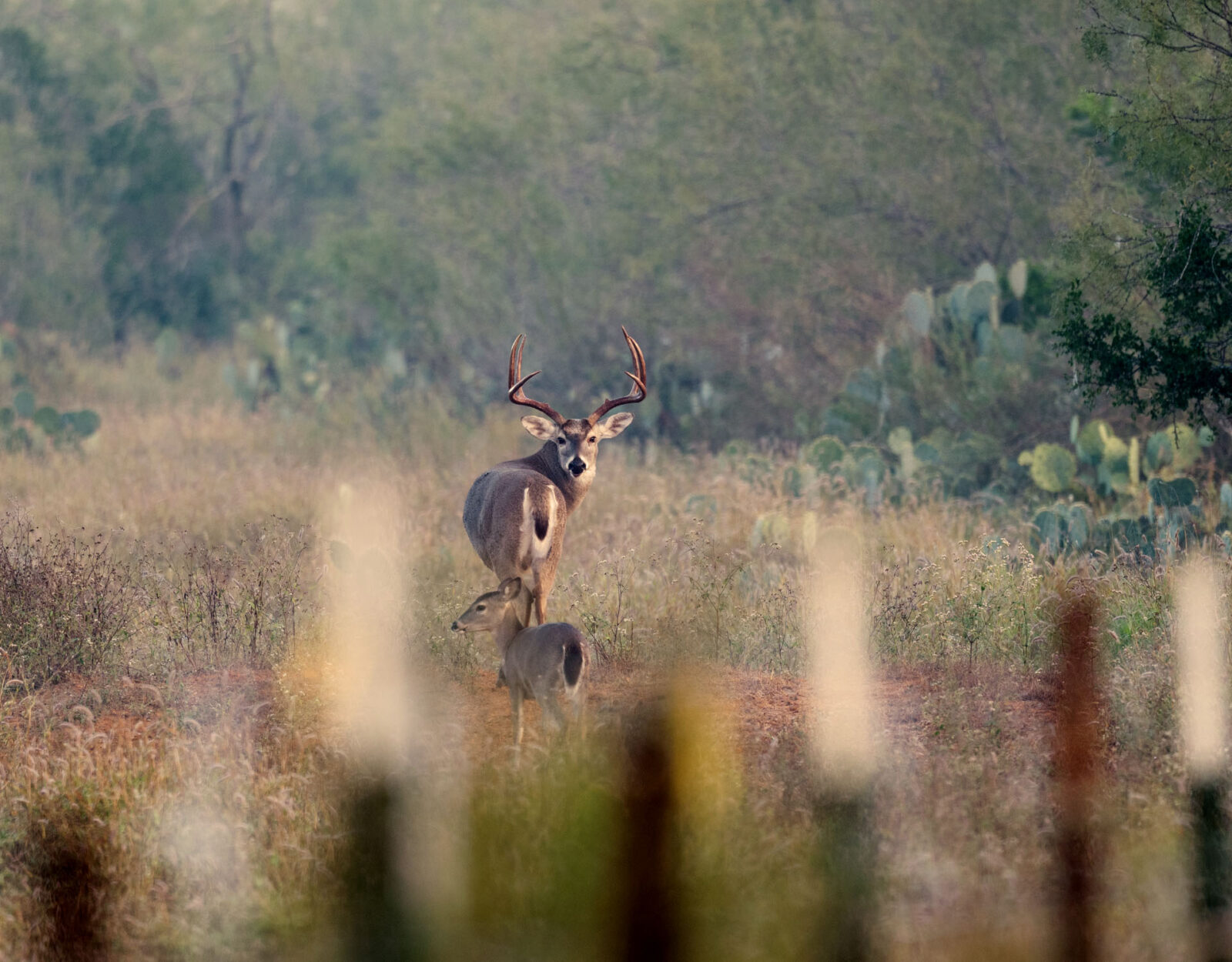
Licenses can be purchased online or at designated retail locations. Residents of Texas may be able to purchase a lifetime hunting license. A hunting license is required for hunting whitetail and mule deer. If pursuing non-native deer species only, a “Special Small Game/Exotic” hunting license is required for non-residents.
Depending on which game animals you are pursuing and where, you may need additional hunting permits and/or special draws. For instance, if you want to hunt on Texas’s one million public acres, you will need an Annual Public Hunting (APH) Permit, formally known as “Type II” permit, which allows hunting, fishing, camping, hiking, and other recreational uses on public lands. The funds raised from APH Permit sales also open up opportunities to hunt leased private lands, as some of the money is used by Texas Parks and Wildlife to lease those lands from private owners as well as manage some public lands.
It is important to note that every hunter in Texas (including out-of-state hunters) born on or after September 2, 1971, must successfully complete the hunter education course. Those who were born on or after this date and are over 17 years of age may choose to purchase a “Hunter Education Deferral,” but that person must also hunt “accompanied,” which means hunting with a person who is at least 17, who is licensed to hunt in Texas, who has passed hunter education or is exempt (born before September 2, 1971), and be within normal voice control.
As one way to ensure access to quality hunting areas, many hunters opt to hire a guide for their hunts. Huntin’ Fool offers guided hunts along with detailed information for those who want to research and plan their own hunts. Guide services can solve the question, “Where should I hunt?” and put hunters on game when they may not have multiple days or weeks to invest during the season.
Harvestable Deer Species in Texas
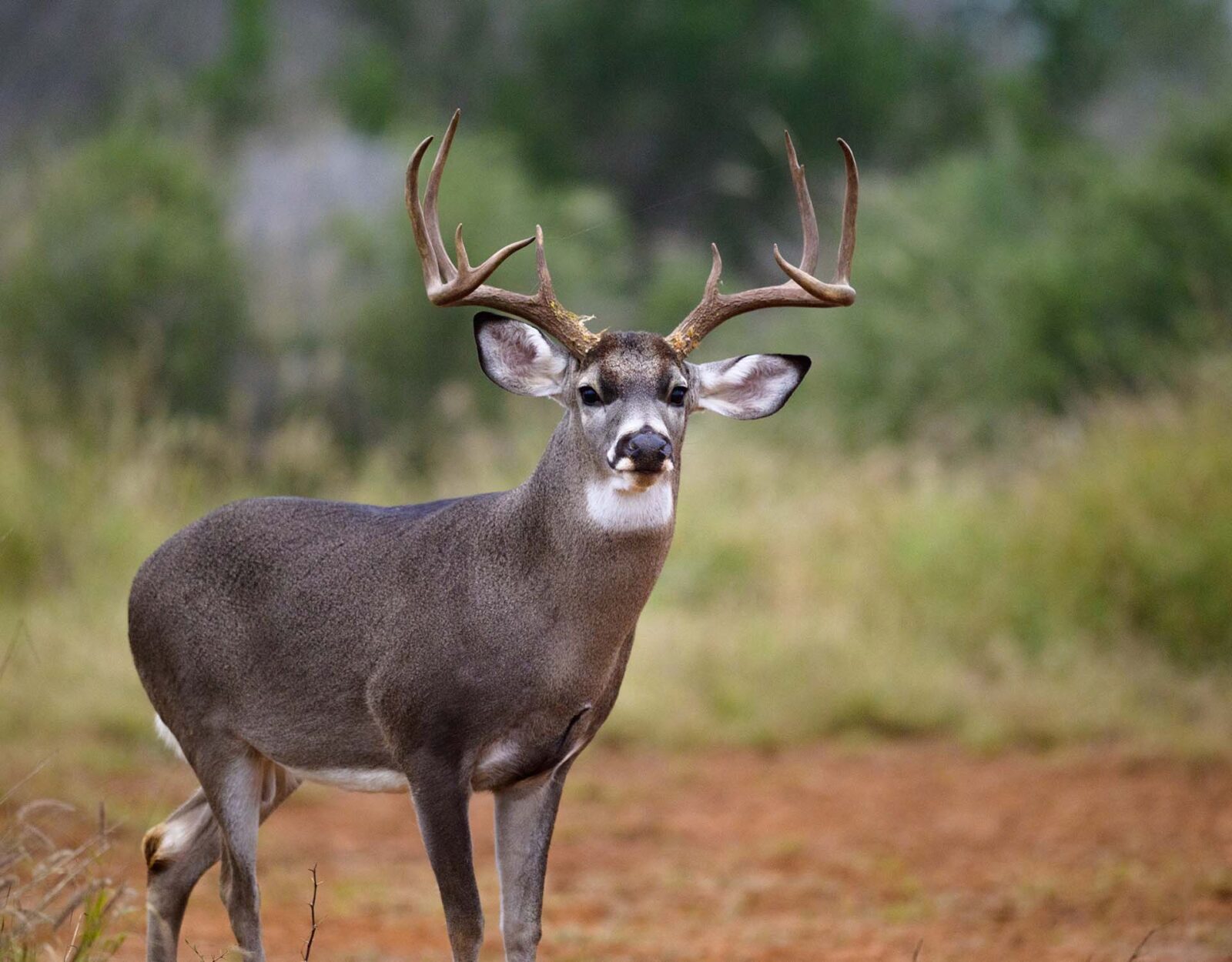
Whitetail Deer
Whitetail deer are the most prevalent and commonly hunted wild game in Texas. Over the last three seasons, an average of about 787,000 whitetails have been harvested each year. For the 2020-21 season, Texas Parks & Wildlife (TPWD) estimates that over 852,000 whitetails were taken.
Whitetail deer are found in all parts of the state (in 252 of 254 counties), and the total population is made up of four distinct subspecies of the whitetail family: Texas whitetail (most common), Kansas whitetail (largest), Carmen Mountains whitetail (can’t be hunted in some areas), and the Avery Island whitetail (smallest).
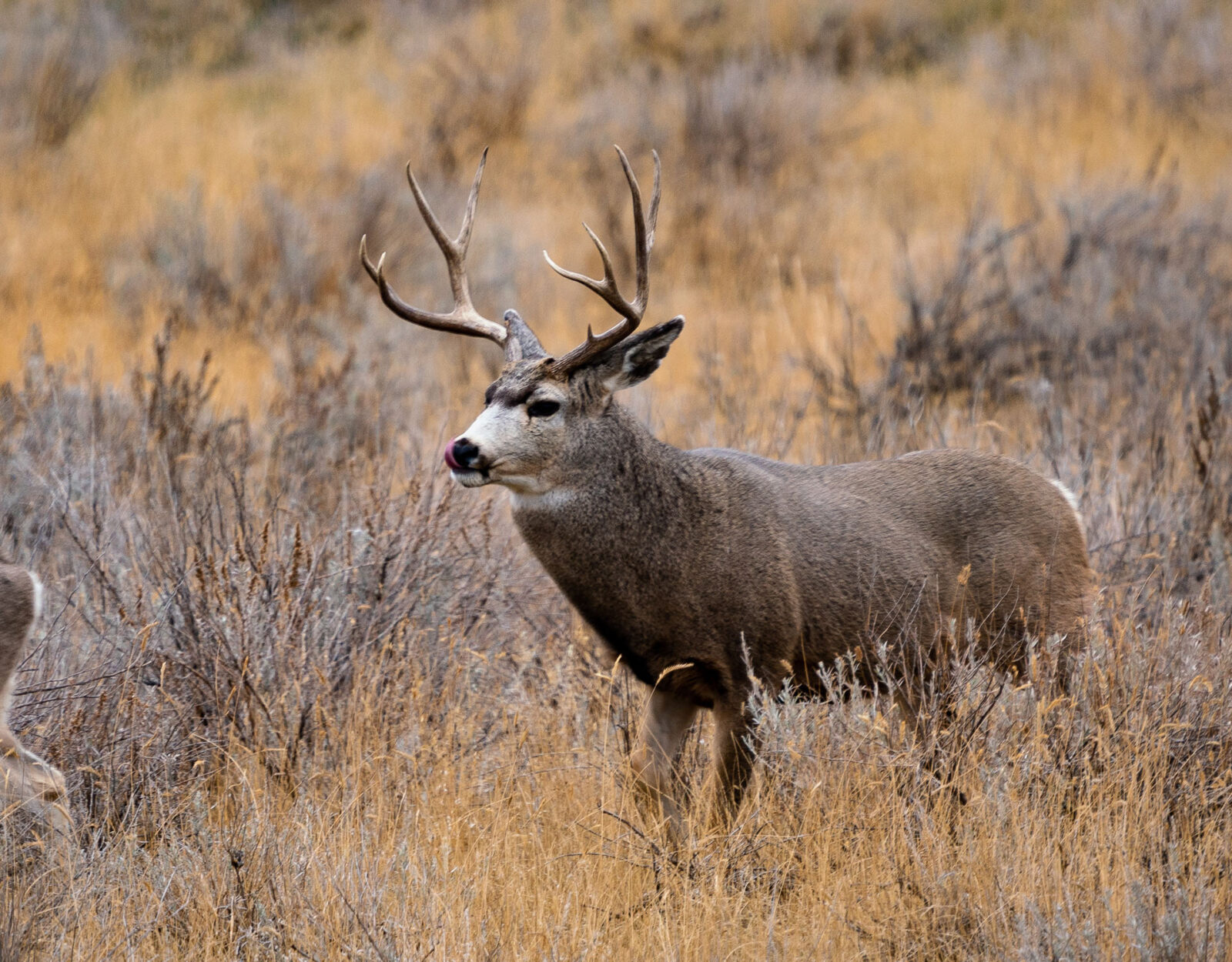
Mule Deer
There are between 150,000-250,000 mule deer in Texas. As with whitetail, populations rise and decline in relation to annual rainfall. Most (~85%) mule deer are found in the Trans-Pecos area of Texas, which is the area west of the Pecos River, bounded by the Rio Grande on the south and west, and on the north by the 32nd parallel, and also forms the boundary with the state of New Mexico. The remaining 15 to 20 percent live in the Texas Panhandle and the western Edwards Plateau.
Annually, about 44,000 mule deer are harvested in the state. Only 74 counties of the state’s 254 have mule deer seasons. Some Wildlife Management Areas and State Parks allow for public access for mule deer hunts, but they require a draw hunt application. Drawing an archery special permit can be less than 1% and drawing a General tag (for firearms season) can be less than 0.5% on average. This makes mule deer a popular game animal to pursue through a guided hunt on private lands.
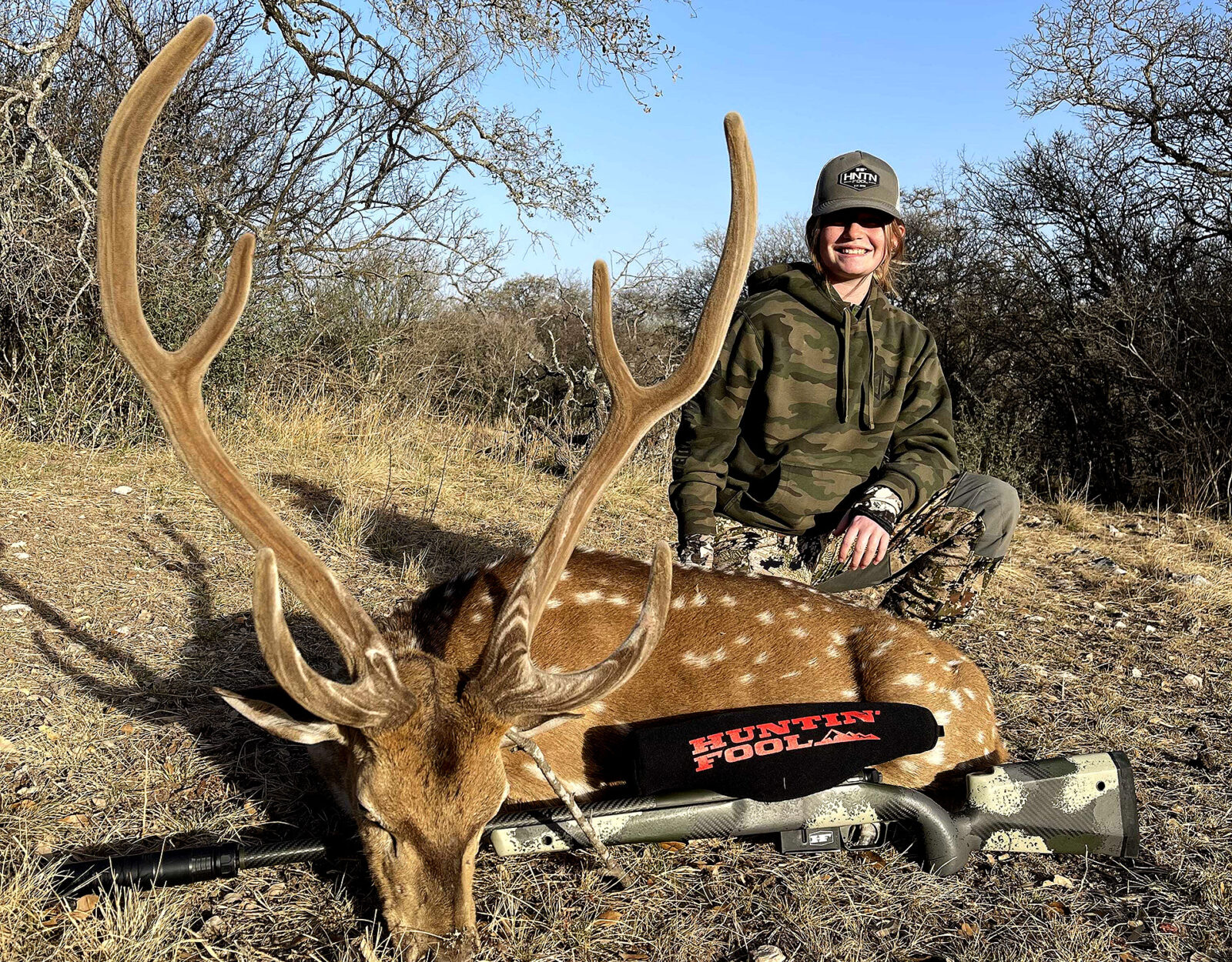
Axis Deer
Axis deer, also called Chital, are not native to Texas. They were introduced from Sri Lanka, India, Bangladesh, and Nepal in 1932 for game meat, about 65 years after they were introduced to Molokai, Hawaii. This deer species has also been introduced to parts of California, Mississippi, and Alabama. In Texas, they now number around 15,000 but are considered an exotic species, which means they can be hunted year-round, but the best time for Axis deer hunting in Texas is May through September.
Male Axis deer average 150 to 250 pounds, making them larger than most whitetails. They are dappled with white spots on their sides. Mature bucks have white throats, brow tines, coddle points, and a main beam (spear point). A trophy size can score between 135-160 (S.C.I scoring).
They are mostly found in the central and southern portions of the state. Axis deer are the most abundant exotic ungulate in Texas. Many guided hunts and hunting ranches specialize in Axis deer.
Sika Deer
Sika deer are found in about 77 counties in Texas, but mostly in managed, high-fence ranches and private game preserves. They were introduced from southern Siberia, the Japanese island of Hokkaido, southeastern China, and Formosa. They, too, are spotted like Axis deer.
There are two common subspecies of Sika deer hunted in Texas: Formosan (140-180 pounds) and the much larger Dybowski (220-300 pounds). Their main beams can range from 22-30-plus inches in length and typically six or seven points. The two best months to hunt Sika are September and October.
Fallow Deer
Another exotic deer species in Texas is the Fallow deer. Fallow deer were introduced from the Mediterranean region of Europe and Asia Minor. Mature bucks can weigh between 160-220 pounds and come in three varieties: spotted, chocolate, and white.
Fallow deer are different from all other deer mentioned here in that their antlers are broad and flat, compared to the pointed tips of other deer species.
Fallow deer appear in at least 93 Texas counties, and there are an estimated 10,000-plus deer in the state with one-third of them outside of confinement (i.e. high-fenced areas). You’ll find most free-ranging Fallow deer in the Edwards Plateau.
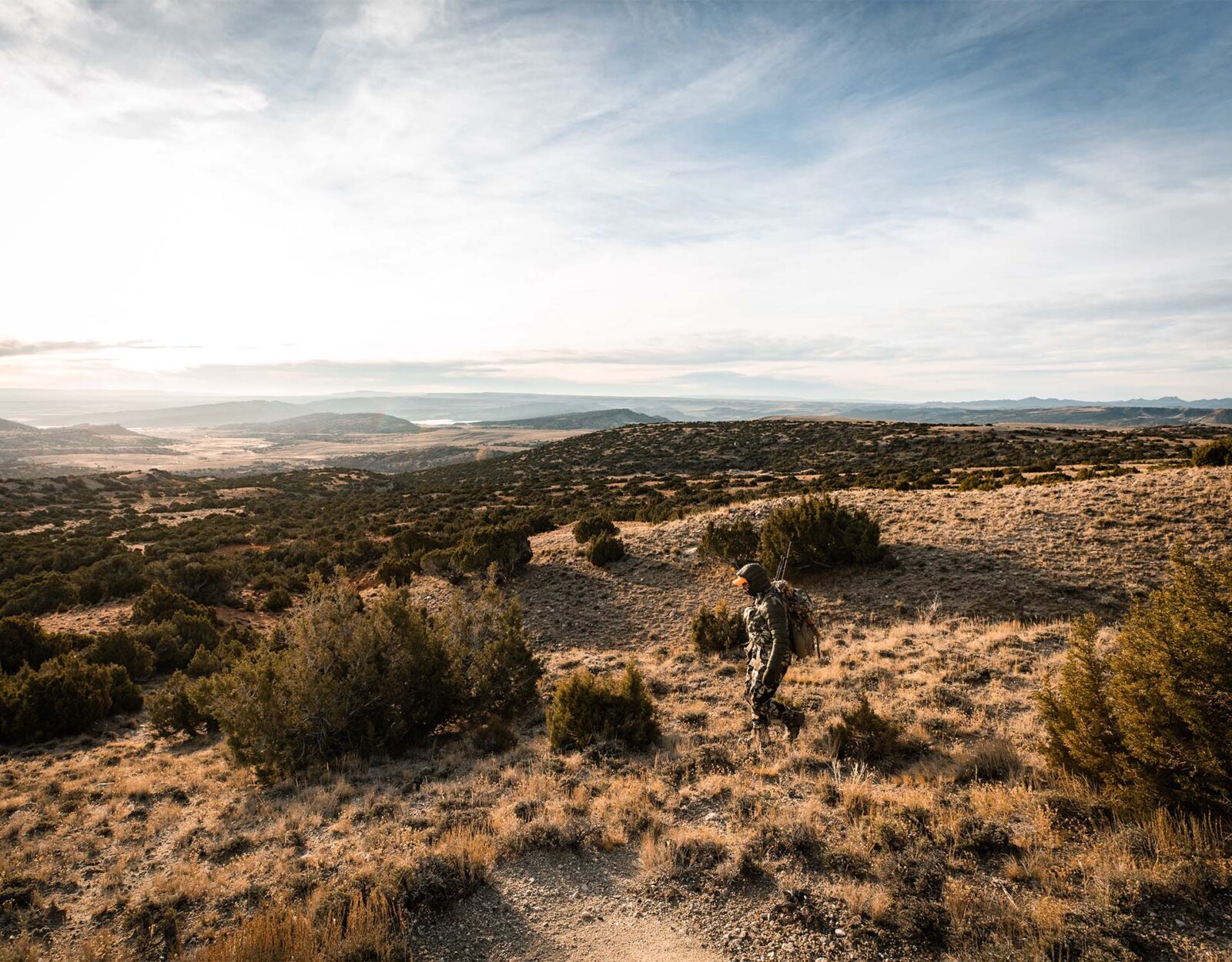
Ways To Hunt Deer in Texas
Texas Deer Leases
Hunting leases are agreements between a hunter and a landowner, or a land-holding entity, that allows access to and the right to hunt land for a defined period of time. A hunter may pay on a per-acre basis, per-season fee, or per-hunt situation.
In Texas, many individuals and entities make leases available for deer hunting and promote them on a variety of websites. These hunting leases are by season, by day, or year-round, and some allow groups, youth, or individuals. They indicate which type of game can be hunted and by what means they can be taken.
The regulation of selling hunting lease licenses to private landowners began in 1925 in the state, and landowners must obtain a Hunting Lease License, with its cost based on the number of acres available for leasing.
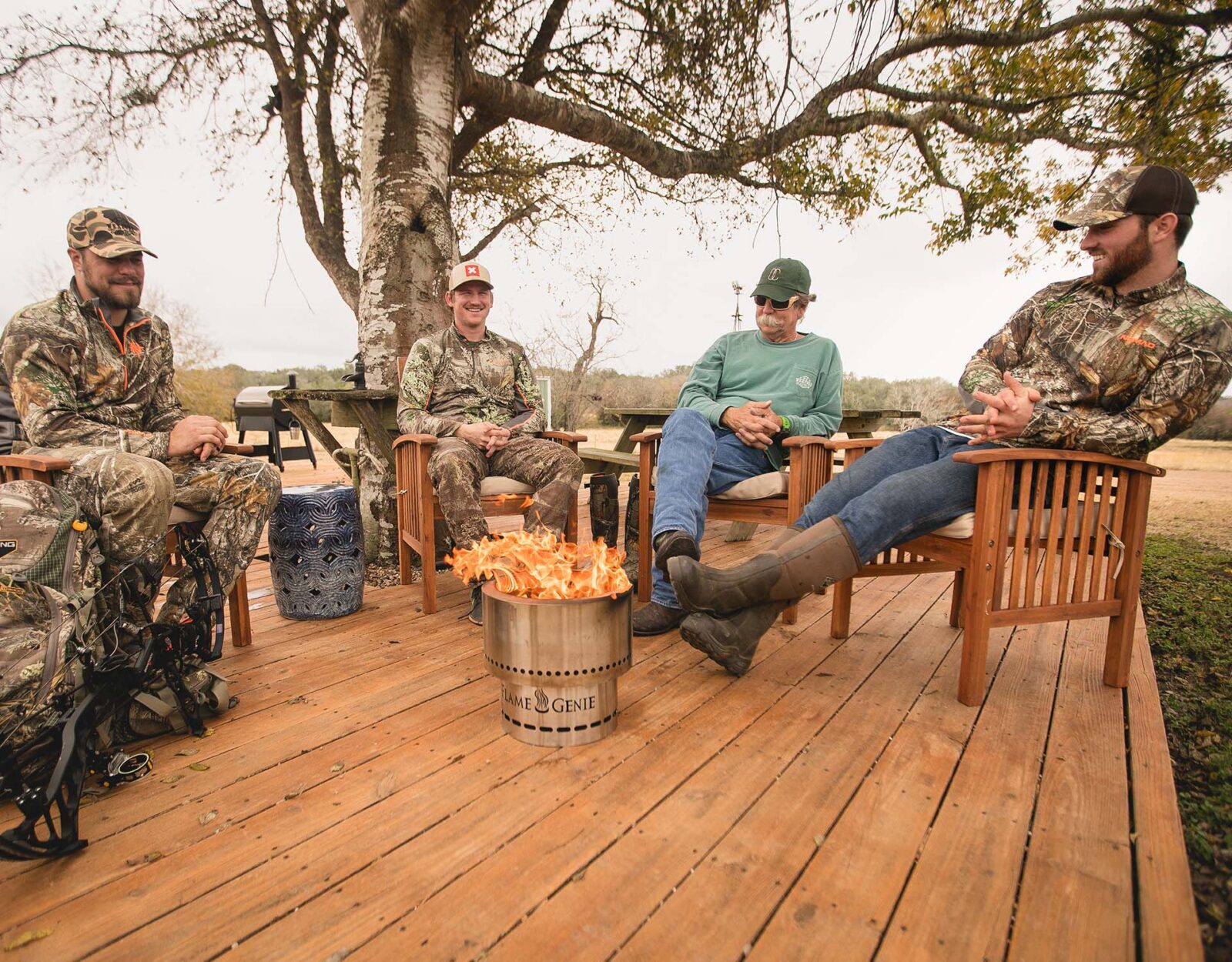
Texas Hunting Ranches
If a lease isn’t what you’re after, a Texas hunting ranch might get you what you’re after. With many, many hunting ranches to choose from, most are set up where a hunter pays to pursue a specific deer on a specific day or series of days. Booking a ranch will often feature full-service amenities including a place to stay, dining, access to hundreds or thousands of acres, a guide, processing, and maybe even a spa.
Most Texas hunting ranches specialize in more than one type of game animal. If there’s a particular area of the state you know you want to hunt or a certain type of deer, it won’t be hard to search online to find multiple lodges. Remember, whitetail and mule deer hunting must be done in-season, but hunting exotic deer can take place year-round.
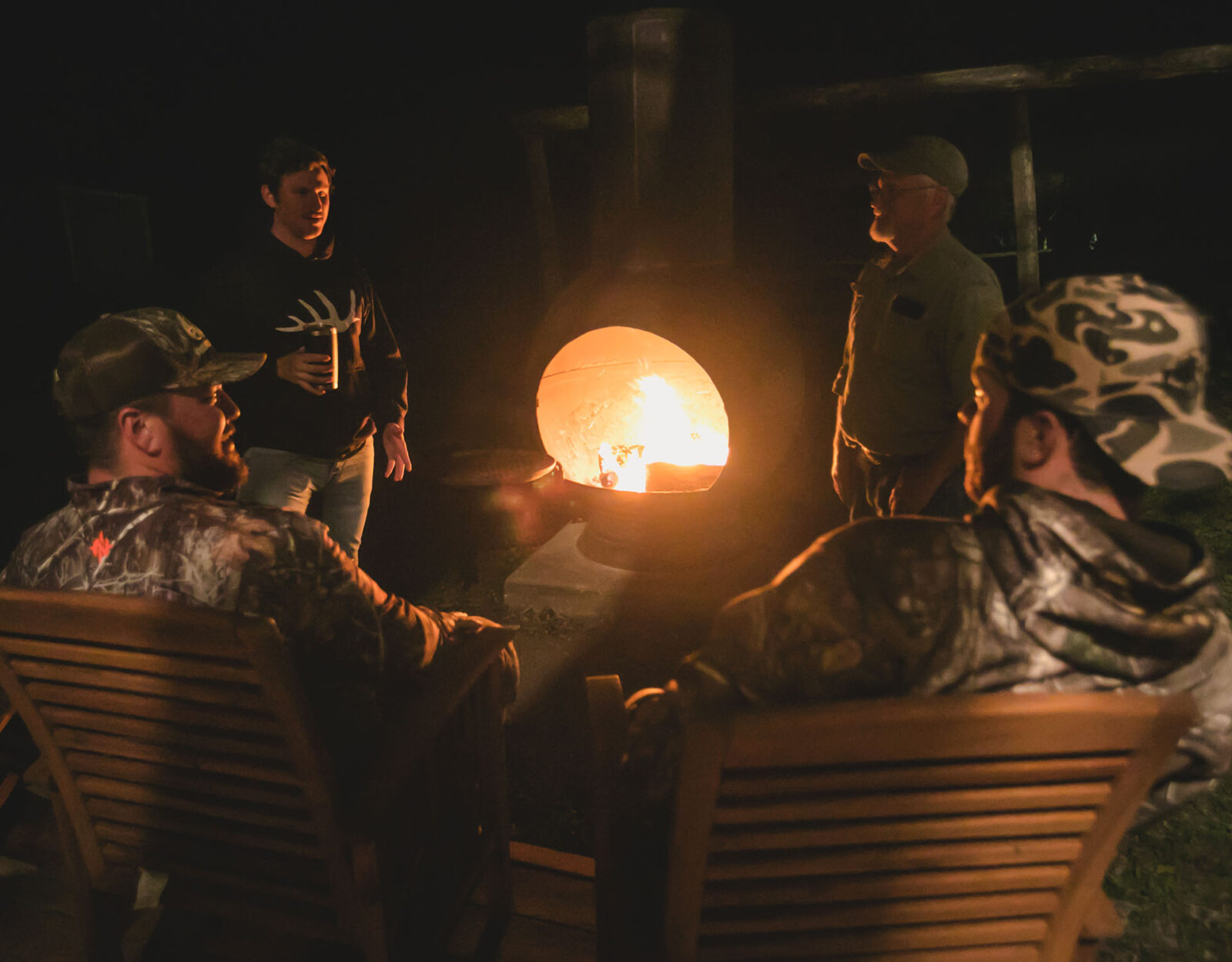
Texas Deer Hunting Outfitters
Many managed private lands in Texas are leased out or owned by a hunting outfitter that will offer big game guide services. Hunting styles range from open country spot-and-stalk to elevated box blinds over electronic corn feeders. It is important to realize that some properties are entirely high-fenced with complex breeding operations and would not be considered free-ranging, wild hunting. However, there are plenty of hunts for all deer species that would be considered a wild, fair-chase hunt with low fences only on the property perimeters. View a list of available guided hunts in Texas with Endorsed Outfitters from Huntin’ Fool.
Texas Deer Hunts Under $2,000
Looking for a less costly option than a lease, ranch, or outfitter? The best option for having a successful, cost-effective hunt in Texas will require some research and planning, but it’s absolutely doable.
One of the most obvious ways to have a cheaper hunt is to find public land. Texas has over one million acres of publicly accessible land. These lands include property owned by TPWD, acres leased by the department from other state and federal agencies, forest products industries, and other cooperating private landowners. The TPWD publishes an extensive booklet on public hunting lands every year, and it is a must-read if you want to consider this cheaper route.
Many of the best public lands, however, still require drawing a permit to hunt there, so make sure you are aware of how to draw permits in Texas (more on that below). But a DIY hunt on public land is possible, and you can read about how one such successful hunt happened on the Huntin’ Fool website. And if you want to deep-dive into the history of Texas’s public lands, check out this article.
DIY Private Land Hunt
Another option is to sit down in front of your computer, open onX Hunt, and start e-scouting some potential private landowners to contact for hunting permission. You likely won’t have luck if you’re eyeing big Texas ranches, as they are the ones most likely to charge hunters for hunts, but if you locate some smaller plots of good land near quality deer habitat, it might be worth asking the landowner for permission to hunt.
Texas Public Hunting Land Map
Texas offers 1,146,419 acres of land accessible for public hunting through an annual permit. These acres are in certain state counties highlighted below.
Texas Deer Hunting Season Dates 2024-2025
- Archery for Whitetail and Mule Deer: September 28, 2024 – November 1, 2024
- Muzzleloader Whitetail: January 6, 2025 – January 19, 2025
- General North Whitetail: November 2, 2024 – January 5, 2025
- General South Whitetail: November 2, 2024 – January 19, 2025
- Mule Deer Panhandle: November 23, 2024 – December 8, 2024
- Mule Deer Trans-Pecos: November 29, 2024 – December 15, 2024
Texas divides whitetail deer hunting into five seasons: Archery Only, General Season, Youth-Only, Muzzleloader, and Special Late Season. Bag limits, antler restrictions, and rules for special seasons can vary county by county.
Texas Draw Hunts
Texas allows for special permits to be drawn by public applicants for many different species and hunt categories. These permits allow for access to a wildlife management area, a refuge, or a state park that allow hunting for various species. While some of these areas are managed for a quality hunting experience, some research is required to understand what to expect from a hunt.
Draw odds are published for all hunt choices so applicants can find the permits that most appeal to them. Loyalty points are awarded for each permit category and generate extra chances in the drawing. Points are cubed for the drawing. Each category has a different application fee depending on the area.
There are no application fees for any youth under 17 years old applying for draw permits. Draw deadlines vary based on each category and season dates so it is wise to enroll in reminders for the categories that are of most interest. Use Hunt Reminder and view the Texas Draw Hunt Catalog.
Frequently Asked Questions
Yes, with deer populations throughout the entire state and opportunities to hunt native and non-native exotic species, Texas is good for hunting.
A resident hunting license costs $25, while a non-resident hunting license is $315. Depending on what you hunt for in Texas you can expect to pay between $25 and many thousands of dollars to hunt.
Central and South Texas is known for deer hunting. This region is called the Hill Country. East Texas is popular for hunting waterfowl. West Texas is popular for javelina, and the Texas panhandle is where most people hunt rams and pronghorn.
Buy a Texas hunting license and sign up for any particular draws that interest you. Do your research for where and what to hunt. E-scouting will help you understand the land. Outfitters may be needed for hunting some species or to access private lands.
Texas is one of the most popular states for hunting deer. There are many big game species, including elk, pronghorn, red stag, rams, and mule deer. You can also hunt alligator and javelina in Texas, as well as many different exotic species. A 1988 survey confirmed at least 67 different exotic species within the state.